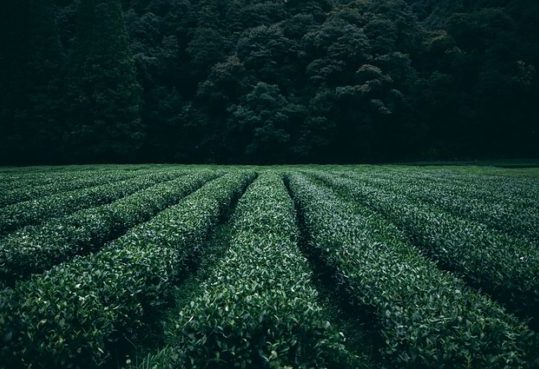Our food is eating up the world’s tropical forests, thanks to growing global trade in agricultural commodities from tropical countries. Land for agricultural production comes at the cost of natural habitats, and habitat destruction affects the climate, water cycles and the species that live in them.
Perhaps nowhere is this more obvious than in the soybean industry. Soy is a wonderful crop. Its versatility, palatability and high protein content have made it a go-to ingredient for animal feed. Our growing appetite for meat has pushed global soy production from around 27 million metric tons (30 million tons) in 1960 to around 350 million metric tons (386 million tons) today.
Brazil, Argentina and Paraguay make up part of what is known as the Soy Republic, now producing over half of the world’s soy. China and the EU are the largest export markets for this soy, and as the U.S.-China trade war starts to bite, demand from China is only likely to accelerate.
This expansion has come at the expense of important natural habitats, first in the Amazon, but now also threatening Brazil’s Cerrado savanna and the Gran Chaco dry forest, which stretches from Argentina into Paraguay and Bolivia.
However, new developments in technology and access to data mean it doesn’t have to be this way.
Read full original article at eco-business.com
19 November 2018Original Author: Chris West

